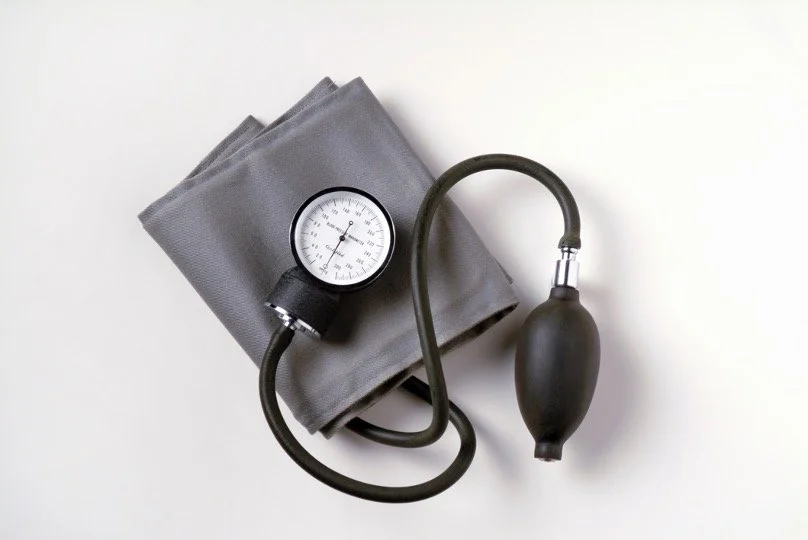Exercise for STROKE
A stroke occurs when the blood supply to brain tissue is reduced or interrupted, causing potentially life changing symptoms. Common symptoms after a stroke are weakness, spasticity (stiff or tight muscles), difficulties with balance and coordination, contracture (joints becoming fixed in one position), changes in sensation and vision, communication difficulties, altered mood, fatigue, and pain.
All of these symptoms can contribute to a reduced quality of life.
How exercise can help?
Post stroke, individuals will experience different symptoms and therefore benefits from exercise may vary.
Some notable benefits are as follows:
Increased participation in activities of daily living
Reduced risk of falls
Increased muscular strength and improved coordination
Reduced general fatigue
Decreased risk of secondary strokes and cardiovascular events
Improved motor function
Reduced pain
Improved psychological wellbeing
Improved quality of life
References: Gordon, et al. (2004). Physical Activity and Exercise Recommendations for Stroke Survivors. Stroke. Herbert et al. (2015). Canadian stroke best practice recommendations: Stroke rehabilitation practice guidelines, update 2015. International Journal of Stroke.

